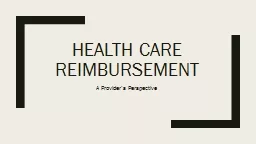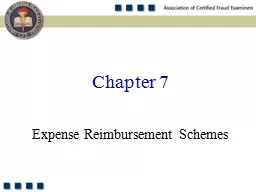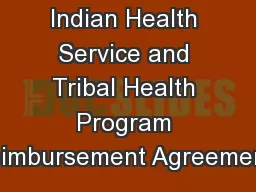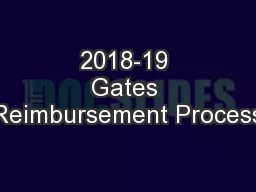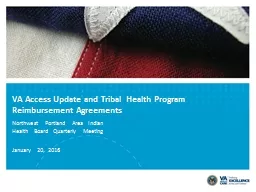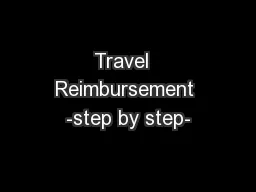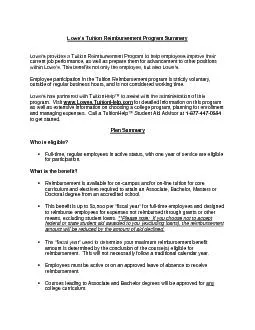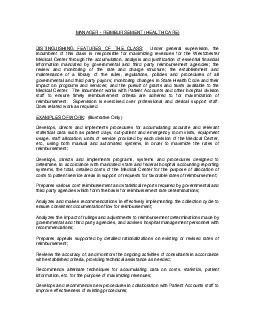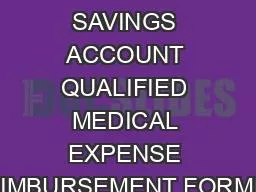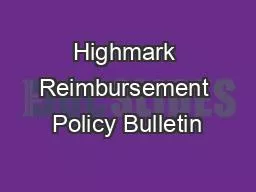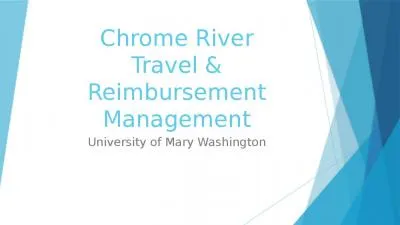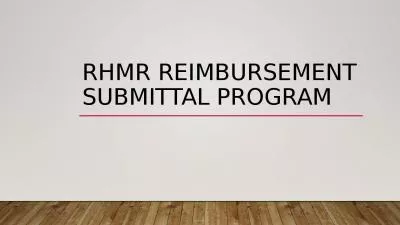PPT-Health Care Reimbursement
Author : tawny-fly | Published Date : 2018-01-05
A Providers Perspective Overview Healthcare Environment Ambulance Payment Reform Shortterm Funding Solutions for MIH Q amp A The Journal of the American Medical
Presentation Embed Code
Download Presentation
Download Presentation The PPT/PDF document "Health Care Reimbursement" is the property of its rightful owner. Permission is granted to download and print the materials on this website for personal, non-commercial use only, and to display it on your personal computer provided you do not modify the materials and that you retain all copyright notices contained in the materials. By downloading content from our website, you accept the terms of this agreement.
Health Care Reimbursement: Transcript
Download Rules Of Document
"Health Care Reimbursement"The content belongs to its owner. You may download and print it for personal use, without modification, and keep all copyright notices. By downloading, you agree to these terms.
Related Documents

